Some of you may remember my Ebay misadventure post. Well, here are the kettles in question
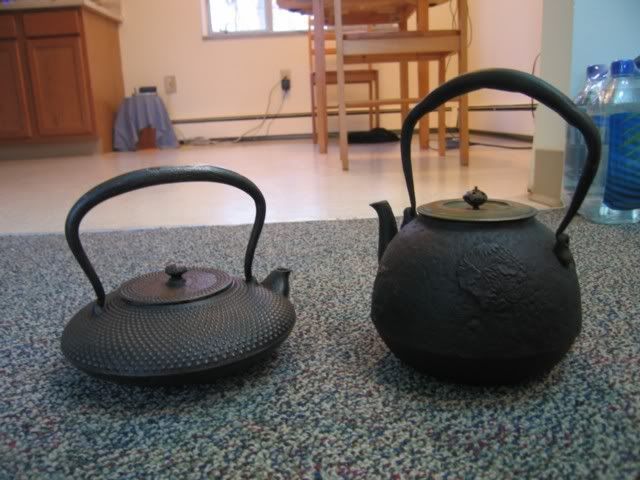
The right hand one is the leaky one. The left hand one is the dirt cheap one that I bought in a hunch, somehow feeling that the first (i.e. right) one might be problematic. The right hand one is still leaky — I tested it. I’m going to try to get it fixed somehow, although, thankfully, the guy who sold it to me agreed to refund every penny of the cost and did so, including shipping. Gotta give it to him for being straight.
The reason I bought any at all was because my glass kettle broke on the way from Taiwan to here. Everything else was ok in my luggage, including the cups that Aaron gave me — in that case, a bit of a miracle because the wooden box they were stored in was totally smashed, but somehow the cups were ok. The glass kettle, however, was in a box that didn’t look damaged at all, but when I opened it, it was shattered. So I needed a replacement.
The left handed kettle works, in so far as one can boil water in it. However, it has some rust in it. That’s not the real problem. The real problem is that even after a number of tries boiling water and what not, water boiled using this kettle still comes out yellowish with a smell that most reminds me of chamomile. Anybody with a suggestion on how to get rid of such a smell? I’m thinking using some sort of chelation agent to get rid of the rust and see where that takes me…. suggestions welcomed.
So the hunt for a replacement kettle continues.


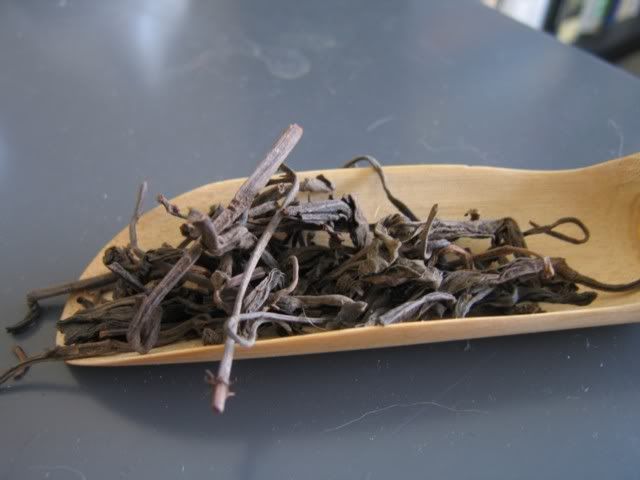
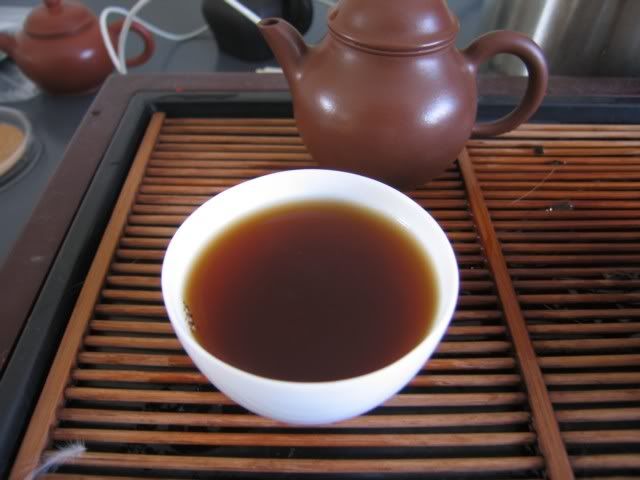
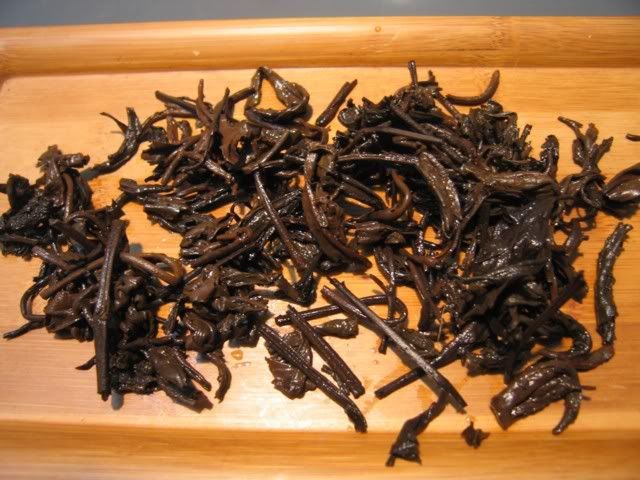
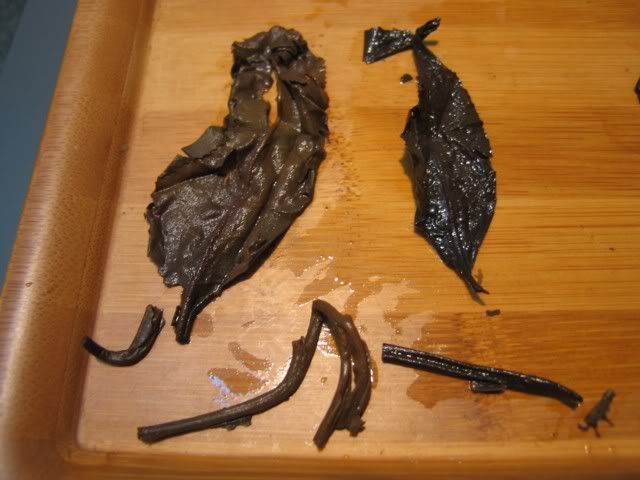
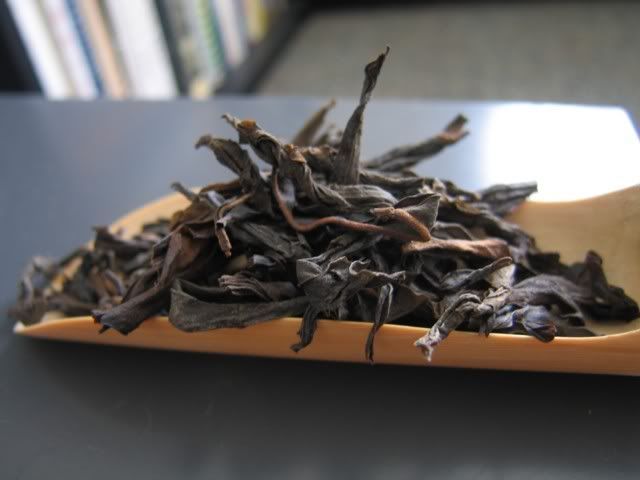
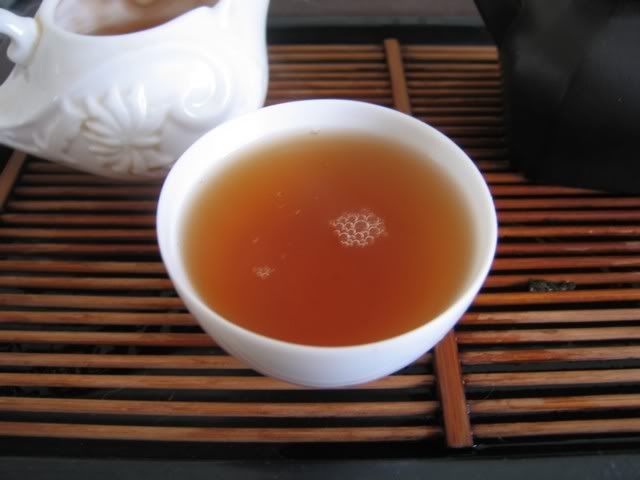
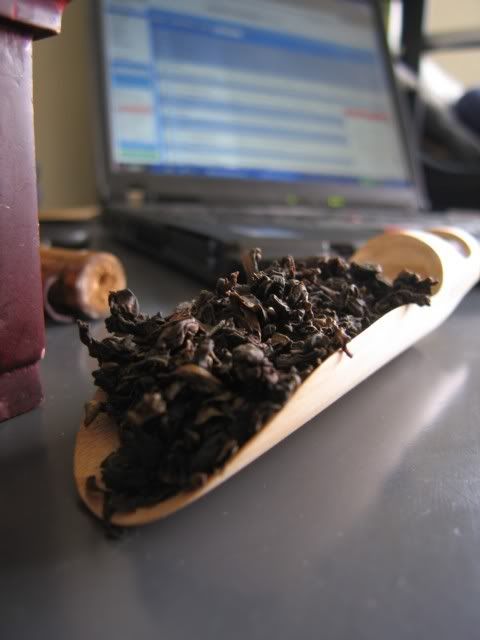
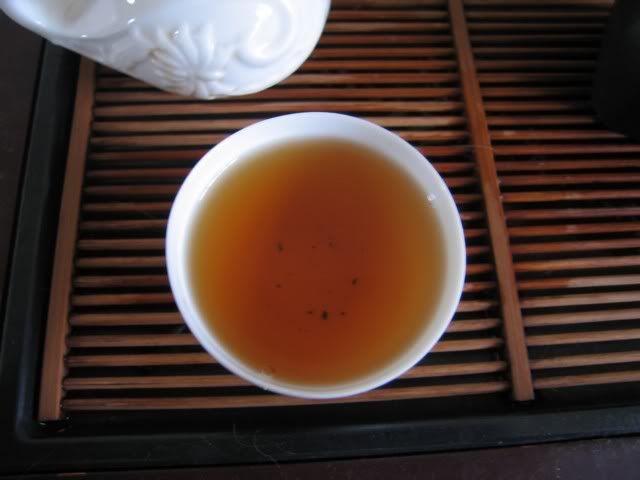





 RSS - Posts
RSS - Posts
I took you at your suggestion and have been reading some of your old post-Covid posts. I haven’t been to…